Explanation
Daejeon is the center of state-of-the-art science and technology in Korea, where the nation’s top-tier venture enterprises, including Daedeok Special Research and Development Zone, run their businesses. As the representative city of science and technology for the nation, it is comparable to Silicon Valley in the United States.
Yuseong Special Tourist Zone, which is located in Daejeon Metropolitan City, has won a nationwide reputation as a tourism and resort district rich in hot springs and tourism resources. Yuseong Special Tourist Zone includes a hot springs water source that yields high quality water in copious streams; therefore, there is no need to dilute the water or raise the temperature.
With its healing effect proven, Yuseong Hot Springs has been the place for treatment and recuperation since the Three Kingdoms Period, and today, it is a popular travel destination for those seeking rest. The water is supplied to the hotels and other hot springs in the zone, and there are many restaurants serving a variety of dishes. There is also a facility where visitors can take a foot bath for free. Since Gyeryongsan National Park is near Yuseong-gu District, hikers take the opportunity to visit the nearby hot springs.
Science museums and pavilions, including Expo Science Park, around Yuseong Special Tourist Zone are popular destinations for families with children. Bordered by Gongju City which was the capital of Baekje during the period of Three Kingdoms, visitors can see the cultural heritage of Baekje.
* Current State of Yuseong Special Tourist Zone
1) Districts Covered: Areas around Yuseong Hot Springs and Expo Science Park (Jangdae, Guam, Gung, Eoeun, Doryong and Bongmyeong-dong, Yuseong-gu, Daejeon)
2) Area: 5,858,972 ㎡
* Tourist Attractions
Yuseong Hot Springs, Daedeok Science Complex, Kumdori Land, Expo Science Park, Art Museum, museums, ferry tour, amusement park, etc.
Inquiry
+82-42-611-2126
Homepage
Information Use
Contact and Information : • 1330 Travel Hotline: +82-2-1330
(Korean, English, Japanese, Chinese)
• For more info: +82-42-611-2126
Parking facilities : 7 parking lots are available around tourist hotels and Oncheonjang hot springs
More information
Restrooms
120 restrooms including those at the hotels in the hot springs area, hot springs facilities, Expo Science Park and the subway stations are available.
Available Facilities
Tourist information center, tourist hotel, ferry tour, amusement park, traditional market, tourist restaurant, etc.
Interpretation Services Offered
Yuseong-gu District website (English, Chinese, Japanese)
Information center tour guides and travel handbooks (English, Chinese)
Museums and hotels offer multilingual travel guides
Location
480, Daedeok-daero, Yuseong-gu, Daejeon
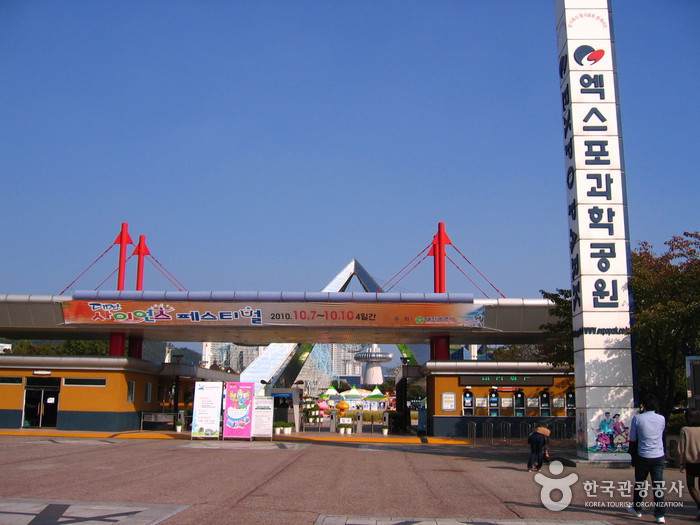
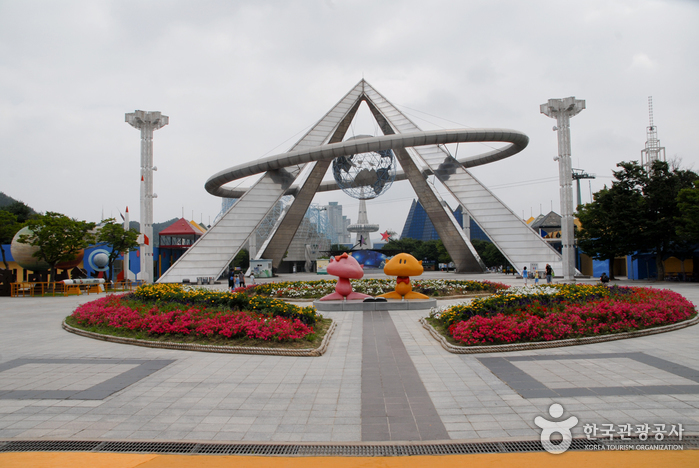
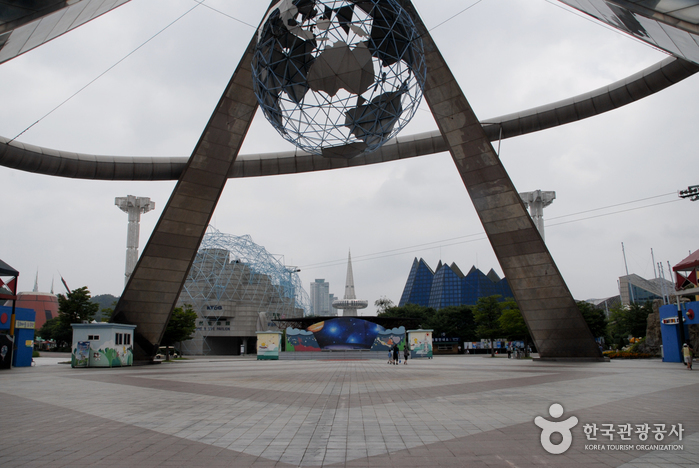
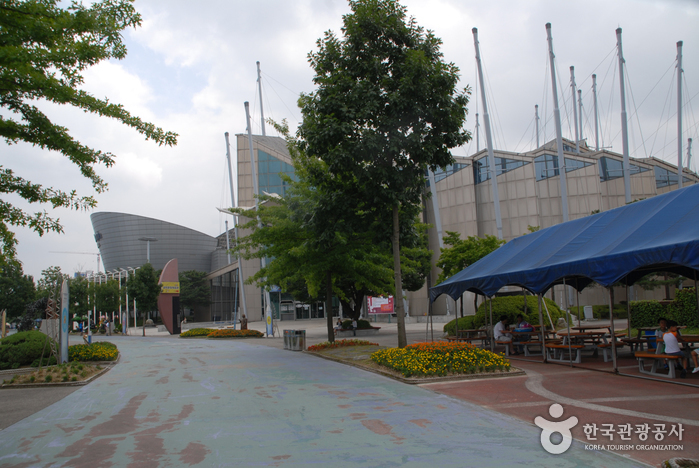
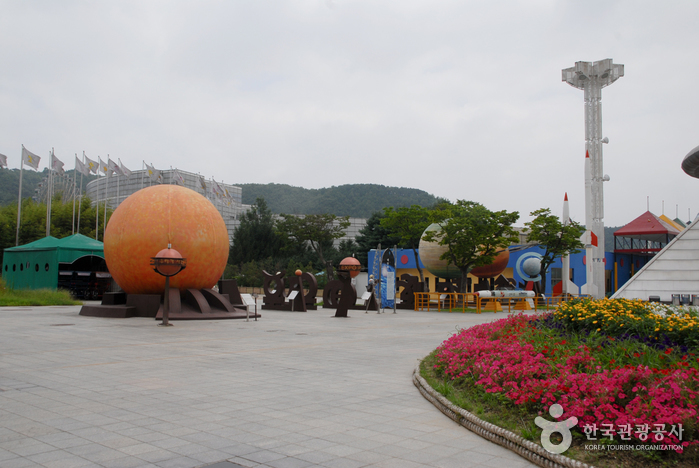
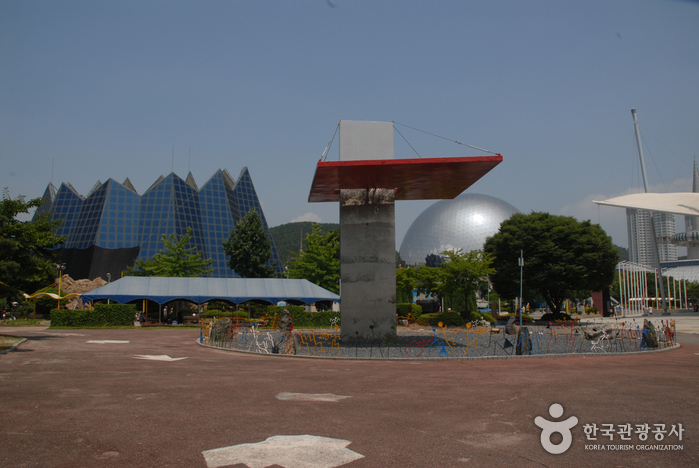
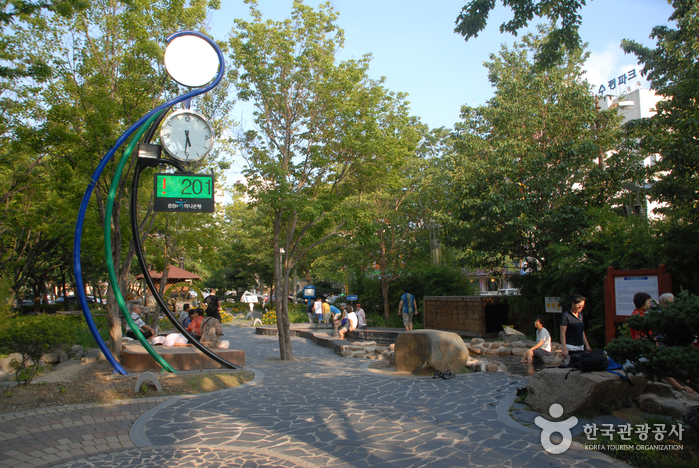
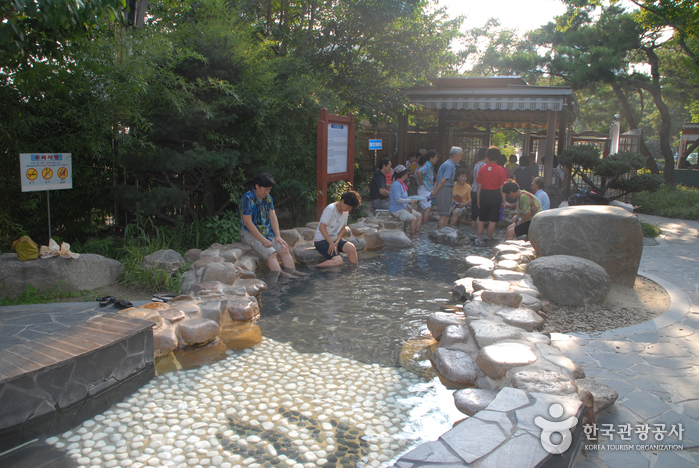
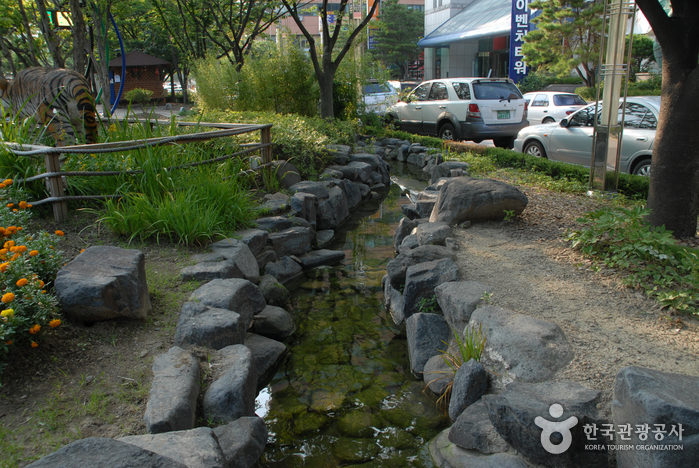
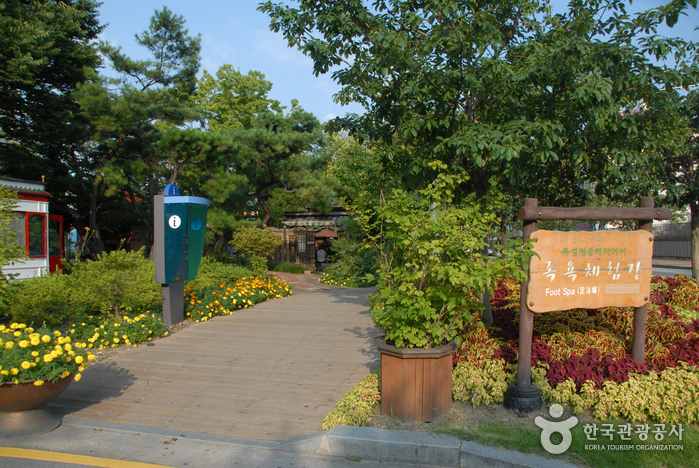

 English
English
 한국어
한국어 日本語
日本語 中文(简体)
中文(简体) Deutsch
Deutsch Français
Français Español
Español Русский
Русский